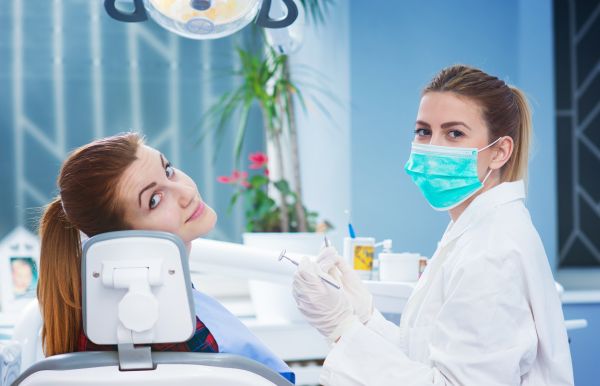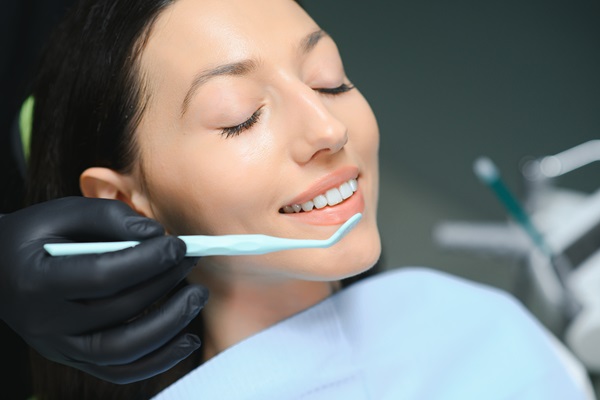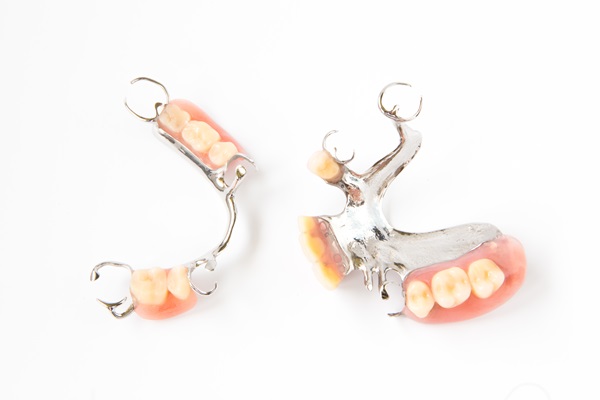Recovery After a Tooth Extraction

If you have a problem with your tooth, your general/family dentist might recommend a tooth extraction. The dentist will extract the tooth and the root. You need to care for the extraction site after the procedure and also take measures to promote healing. Get some tips for post-extraction care.
Tooth extraction care tips
People get teeth pulled for various reasons. Common reasons include severe decay, dental abscesses and overcrowding. Also, many people get wisdom teeth pulled because the teeth are impacted or there is no room for them. Regardless of the reason for the extraction, people need to follow specific instructions during the recovery process. These tips help the site heal and also promote a comfortable recovery.
Let the socket heal
The socket needs to heal following an extraction. Precautions must be taken during the first 24 hours so the site can heal. People should not rinse their mouths or drink alcohol during that time. Patients need to avoid chewing on the side of the mouth that the tooth was pulled. Hot foods and beverages should be avoided during this time.
Brush the rest of the teeth
While the extraction site must be avoided for the first 24 hours, the rest of the teeth must be cleaned. Failing to clean the teeth can cause the extraction site to become infected. People should brush and floss, ensuring they avoid the extraction site. Patients must gently spit the toothpaste out. Spitting forcefully might dislodge the blood clot on the extraction site.
Keep swelling down
Patients should place an ice pack on the cheek after the extraction. The ice should stay on the cheek for 10 minutes. People can use the ice pack every hour. This will reduce the swelling.
Eat soft foods
People should not eat hard foods when recovering from an extraction. Soft foods such as yogurt and soup keep people nourished without putting pressure on the gums. People should slowly add solid foods back to their diets. Patients should use as little force as possible when chewing on these foods until the mouth heals.
Clean the mouth the following day
After 24 hours have passed, patients can gently brush and floss around the extraction site. Those who use electric toothbrushes should power them down while brushing close to the extraction site. People can also rinse with warm saltwater after 24 hours have passed. Rinsing with saltwater promotes healing and keeps the extraction site clean.
Follow these tips to recover after getting a tooth pulled
You want to have a comfortable recovery after getting your tooth pulled and these tips will help. Let the socket heal for the first 24 hours, but brush the rest of your teeth. Use an ice pack to reduce the swelling and eat soft foods that will not hurt the extraction site. After 24 hours have passed, you can gently brush the extraction site when cleaning the rest of your teeth. You can also use a saltwater rinse.
Request an appointment here: https://sandimassedation.com or call San Dimas Family and Sedation Dentistry at (909) 305-2300 for an appointment in our San Dimas office.
Check out what others are saying about our services on Yelp: Read our Yelp reviews.
Recent Posts
Today, with increasing importance placed on dental aesthetics, there are many reasons why one may consider a trip to the cosmetic dentist. The desire for good-looking teeth is important as beautiful smiles are known to contribute to a person's overall well-being and positive self-image. There are many different avenues for fixing an imperfect smile. In…
An article by GlaxoSmithKline Consumer Healthcare states that more than 18 million people wear partial dentures. Anyone who has been considering getting partials to improve their speech, ability to chew, and even their appearance is not alone. It helps to have the proper information beforehand, though. Partials are created from a wide variety of materials, each…
Dental bridges offer a reliable and effective solution for replacing missing teeth. A missing tooth, whether caused by injury, decay, or other dental issues, can impact the health and appearance of your smile. Fortunately, dental bridges can help restore your oral health. Here are five benefits of choosing dental bridges as your tooth replacement option.Dental…
Individuals suffering from damaged or unsightly teeth may benefit from receiving dental crowns. This straightforward and relatively common procedure can help restore the look and function of healthy, natural teeth. While a variety of components may be used to form dental crowns based on the patient's individual preferences and needs, the installation process is usually…


